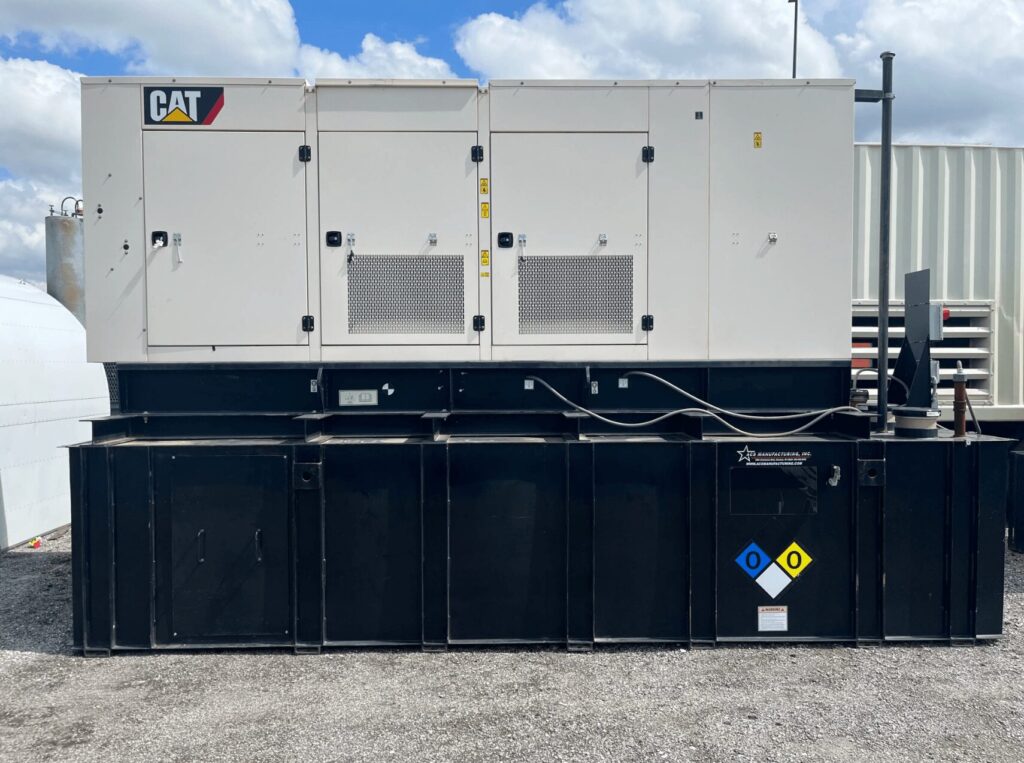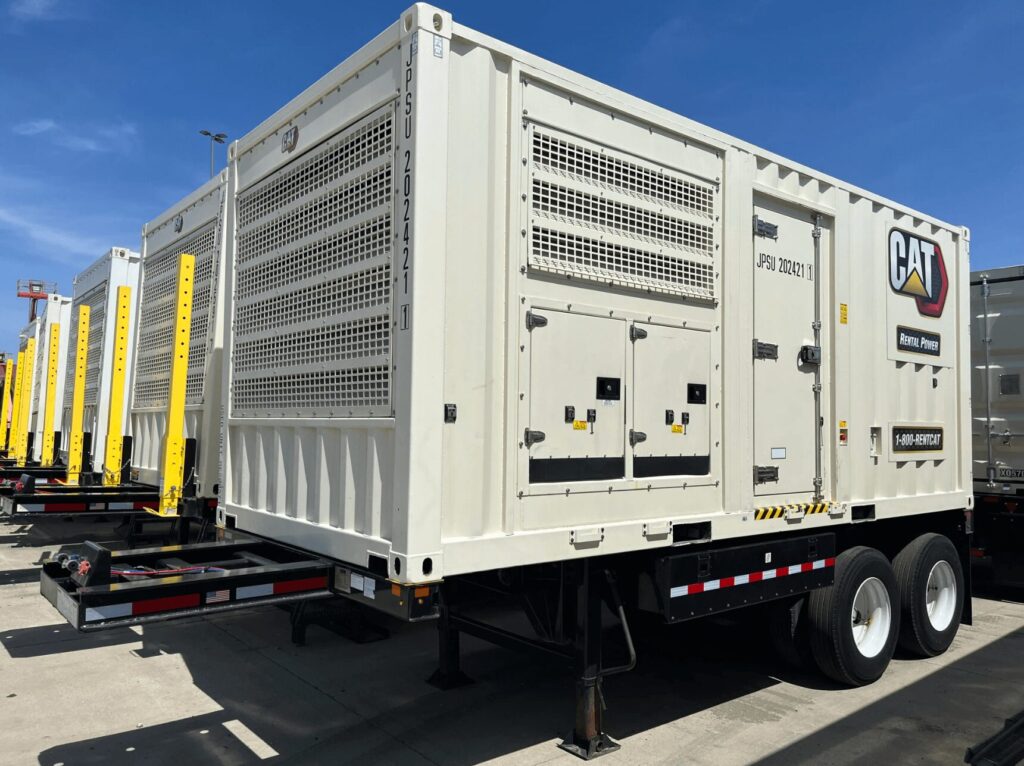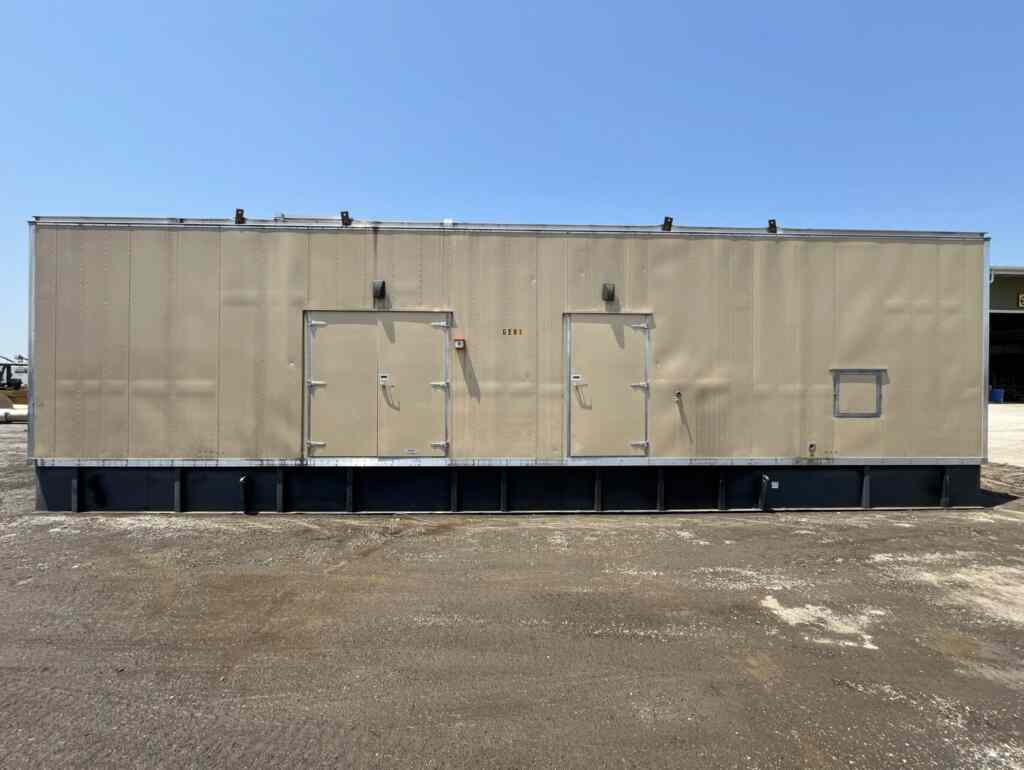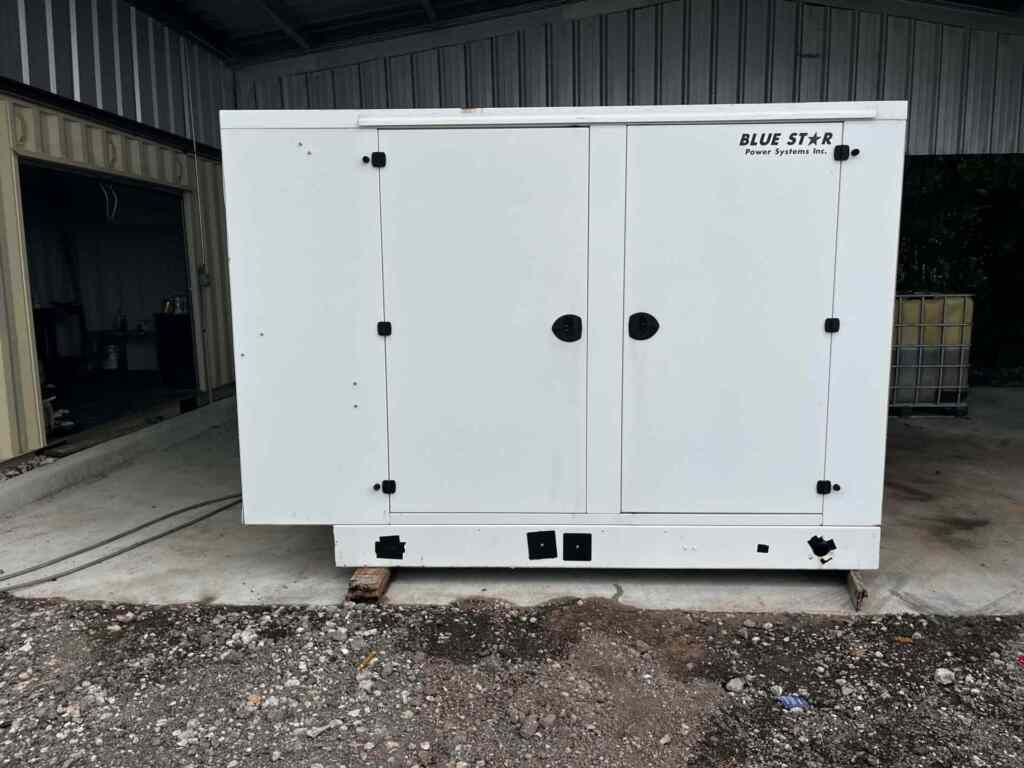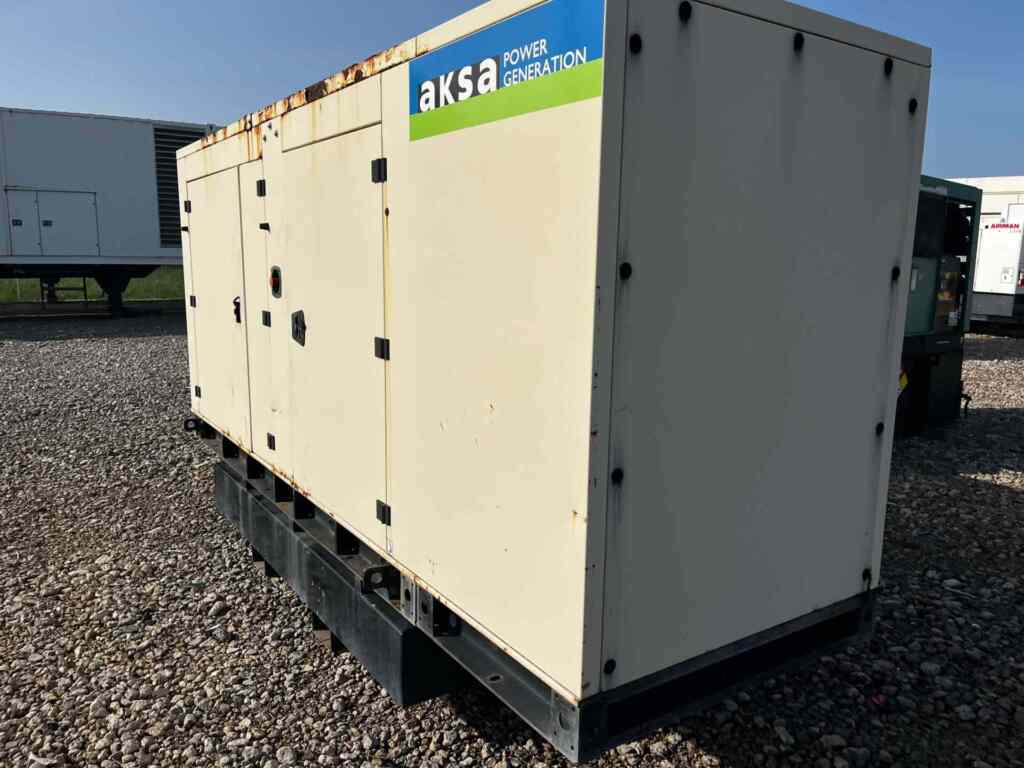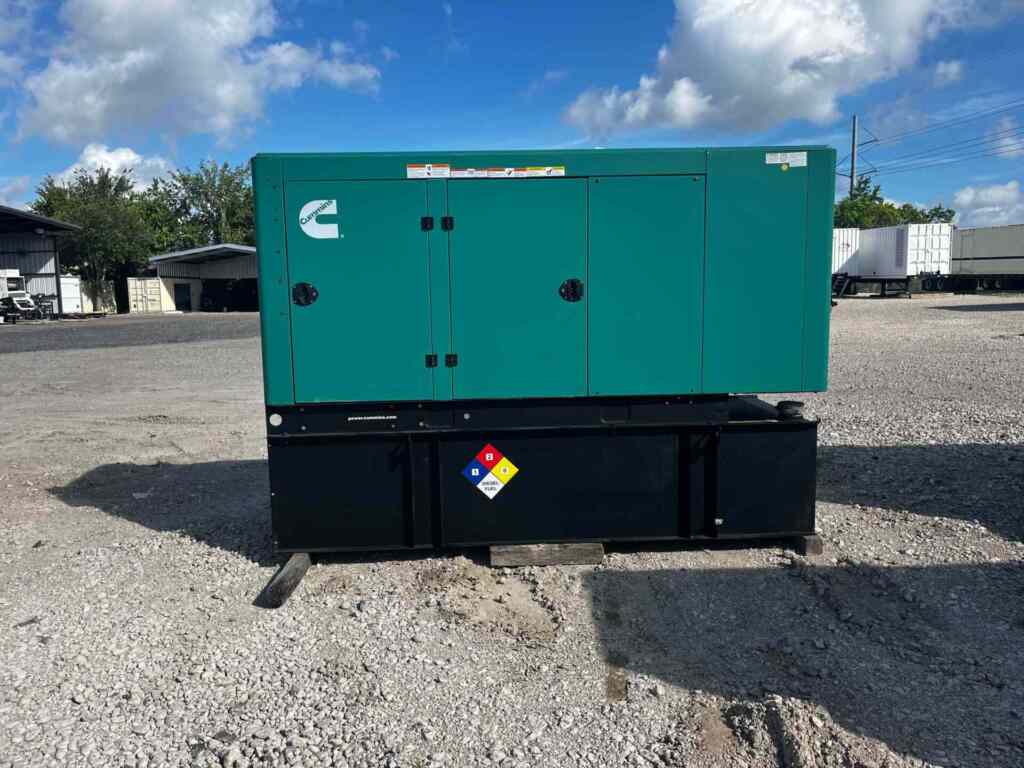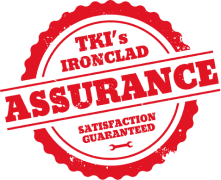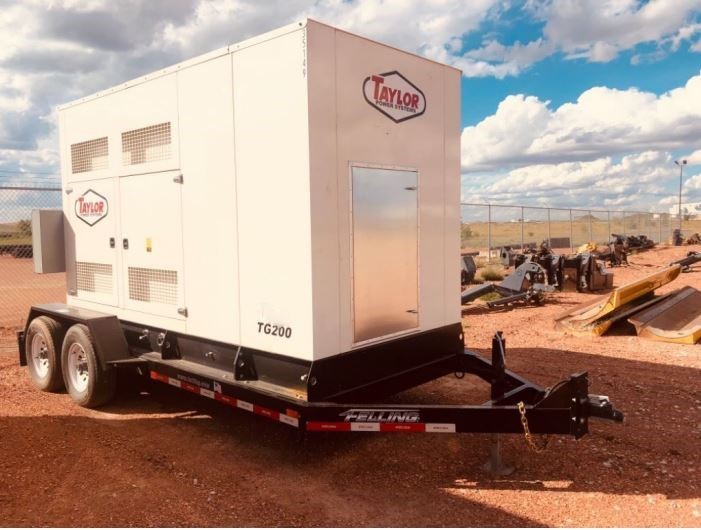
For a business to run its equipment far away from the electrical grid, it must use generators. These generators are a lifesaver for many industries, but they are not all made equal. Some generators can service a home or a business but need help supporting large equipment and machines. That’s where prime generators come in. Prime power is the backbone that keeps businesses running smoothly, providing a continuous and reliable source of electricity to support various operations. Companies that recognize the importance of prime power invest in robust generator systems, ensuring uninterrupted operations even in the face of grid outages or fluctuations, ultimately safeguarding productivity and business continuity. Keep reading to learn everything you need to know about prime power generators.
What Is a Prime Power Generator?
Many businesses and organizations don’t have an office building where they do a lot of their work. They are often in the field on work sites, and depending on the nature of their business, they may use a lot of high-intensity equipment with extensive power requirements. Even some on-site businesses use equipment like this and need a generator to offset the power they are getting from the grid.
With these power requirements, many turn to prime power generators. They’re a great source of continual power at work sites and away from the power grid. They can also help with load management for businesses that have higher power requirements than a simple retail business, such as the following:
- Data centers
- Power plants
- Transport businesses
- Manufacturing plants
- Hospitality businesses
Businesses will use different kinds of generators depending on their need, such as continuous or standby, but the prime power generator stands above the rest. These generators can run for extended periods with varying loads. Other generators cannot handle a change in electrical load, but prime generators can.
What a Prime Power Generator Isn’t
So, what makes a prime power generator different from its counterparts? Well, the factor distinguishing generators from each other is their maximum power capability. More specifically, this power capability is under specific conditions, with regular maintenance. This distinction is important so businesses can understand which generator best fits their needs.
Prime generators are designated as prime because they have a prime running power (PRP) rating. These generators run 24/7 at close to their maximum load, normally around 80%. Another part of what makes prime generators so capable is that they can handle loads 10% above their rated output. However, this can only happen for an hour in a 12-hour span, and 500 hours per year at maximum.
One step below a prime power generator is one with a continuous operating power (COP) rating. These generators are a lot like prime generators but do not have the same overload capability as prime generators. Additionally, you can only run them at about 70% of the maximum rating if you run them all year. The main drawback to these generators is you cannot use them for varying loads.
Finally, the other generator is rated for emergency standby power (ESP). The purpose of these generators is to sit idly by until there is a true emergency where it is the only resource available. Because of the nature of these generators, you can only use them for 200 hours in a year and should only load them at a maximum of 80% of their rated output on average.
How To Use Them
Prime generators are the correct option for continuous use with other variables like the possibility of overload situations and the need to change loads. These generators are versatile, so many businesses can and should use them to help in their daily work. For example, if you’re away from the grid and out on a worksite, these prime power generators can keep everything going smoothly 24/7. You’ll need to conduct regular maintenance and not overload the generator too frequently.
Alternatively, the prime generators can greatly offset your power-grid requirements and lower your utility bills when you have access to the grid. This process is known as load management, and there are two different ways to accomplish this.
Peak Shaving
You can first go with a peak shaving setup, reducing your electricity usage in times of high demand. To accomplish peak shaving, the utility provider will send you a fixed amount of power; once you exceed that threshold, you can have your generator kick in. Depending on where you live and the amount of power you’re providing, the utility provider may even pay you for that power. In addition to better serving your needs, peak shaving helps the utility provider better understand their grid’s power requirements.
Base Loading
Base loading accomplishes the same idea but is more like the opposite of peak shaving. Here, you run your generator at a fixed output. When you need more power than your generator can provide, the utility provider steps in to make up the needed power differential. Both base loading and peak shaving are good for eliminating power outages and ensuring that power is available for everyone, even during high-demand periods.
How To Care for Your Generator
There’s a lot to appreciate about these generators, but like every other piece of equipment, they require care and maintenance. To avoid premature wear, it’s important that you run your generator at around 80% maximum capacity or less and do not run it over capacity too much. In addition to running it carefully, you must conduct regular preventative maintenance. Regular inspections can help keep it in good condition, but if your generator is exposed to harsh conditions more frequently, consider servicing it more often. Some conditions that are bad for your generators include the following:
- Humidity
- Extreme temperatures
- Salinity
Instead of saying to check your generator once a month, it’s better to look at it through its use. Every 100 hours of work or so, you should check its oil level and inspect or clean the other generator parts.
Fuel Type
Prime power generators can be either gaseous or diesel. The choice between the two depends on your unique needs. Diesel is more fuel-efficient than gasoline-powered generators, but diesel is also more expensive on average. Additionally, these generators tend to have longer life spans than their gas-powered counterparts. Before investing in a generator, it’s important to weigh these pros and cons carefully and consider that fuel prices fluctuate considerably. Examining trends is important in ensuring you’ve made the right decision with your generator.
Gas-powered generators are less fuel-efficient, but they have pros you cannot ignore when trying to find your generator. Gas prices are unstable, but they are generally more consistent and predictable than diesel—as well as more affordable overall. On top of that, since gas-powered generators are less fuel-efficient, they consume more fuel, and the generator must do a lot more work. All this work hurts the life span of these generators.
In many instances, your best resource for keeping your machines and equipment running is investing in some prime power generators. These generators are sturdy and can operate at variable loads, accommodating your unique equipment needs. Come to us at Turnkey Industries if you need an industrial natural gas generator that can keep your equipment running!
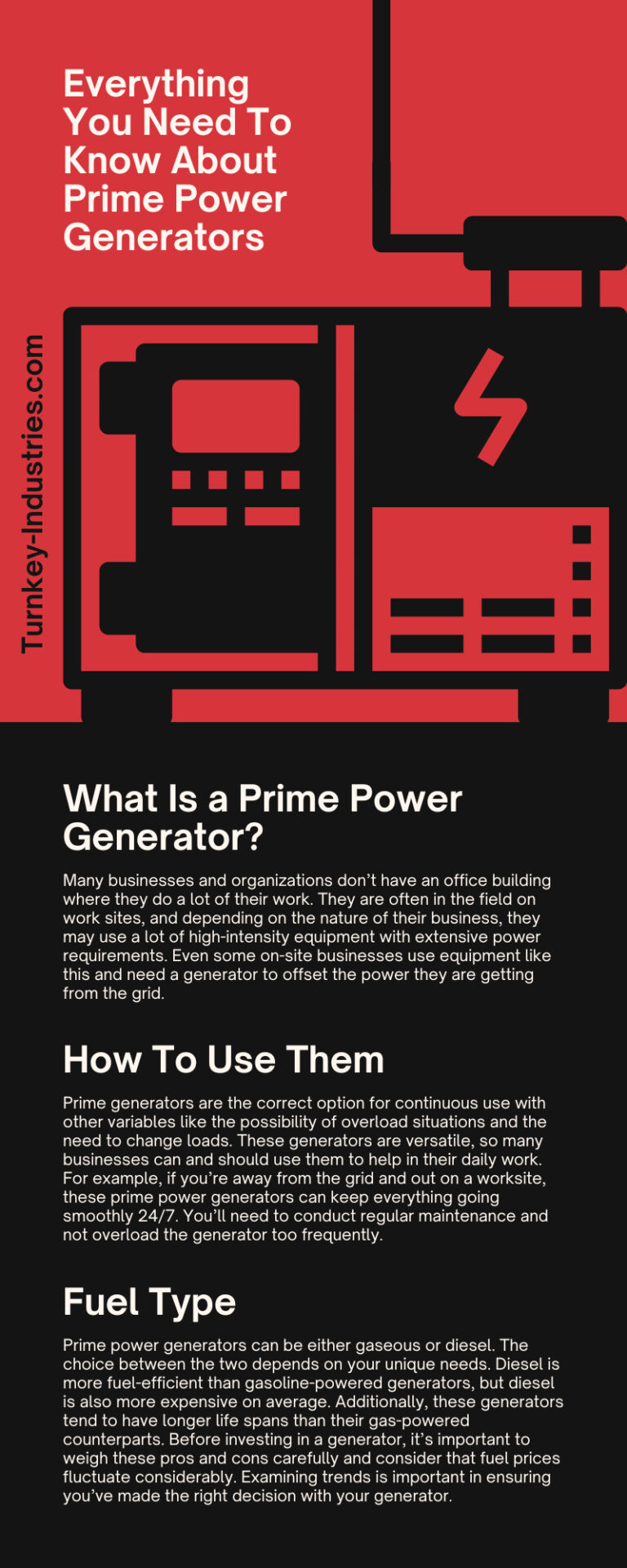
 Turnkey Industries offers a variety of high-capacity
Turnkey Industries offers a variety of high-capacity 